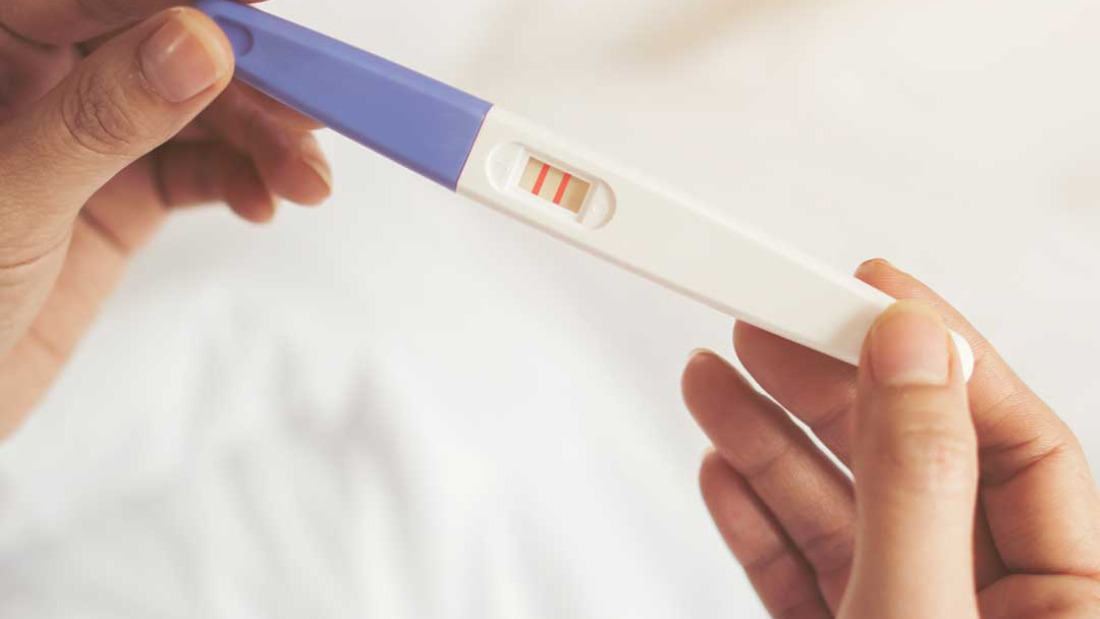Research consistently shows that lifestyle factors—what you eat, how well you sleep, where you live, and other behaviors—have profound effects on health and disease, including fertility.
A number of lifestyle factors affect fertility in women, in men, or in both. These include but are not limited to nutrition, weight, and exercise; physical and psychological stress; environmental and occupational exposures; substance and drug use and abuse; and medications.
For example, research shows that:
- Obesity is linked to lower sperm count and quality in men.
- Among obese women who have polycystic ovary syndrome (PCOS), losing 5% of body weight greatly improves the likelihood of ovulation and pregnancy.
- Being underweight is linked to ovarian dysfunction and infertility in women.
- Strenuous physical labor and taking multiple medications are known to reduce sperm count in males.
- Excessive exercise is known to affect ovulation and fertility in women.
- Research shows that using body-building medications or androgens can affect sperm formation.
- Substance use, including smoking tobacco, using other tobacco products, marijuana use, heavy drinking, and using illegal drugs such as heroin and cocaine reduce fertility in both men and women.
- Having high blood pressure changes the shape of sperm, thereby reducing fertility.
- The type of underwear a man chooses is not related to his infertility.
- Radiation therapy and chemotherapy can cause infertility in females and males. Those who have to undergo these types of treatments may want to consider fertility preservation.
NICHD research also shows that exposure to persistent organic pollutants and endocrine-disrupting chemicals (EDCs) in the environment can also affect male and female fertility.
Persistent organic is currently used or was formerly used in industrial processes and remains in the environment much longer than other chemicals. Animal studies suggest that exposure to certain persistent organic pollutants affects fertility. NICHD’s Longitudinal Investigation of Fertility and the Environment (LIFE) Study is examining whether exposure to persistent organic pollutants affects the length of time it takes for couples to become pregnant, a measure of fecundity. It is the only study to measure chemicals in both partners and to follow couples trying to become pregnant for 1 year.
So far, the study has found that certain kinds of organochlorine pesticides and many polychlorinated biphenyls (PCBs) were linked to increased time-to-pregnancy or decreased couple fecundity.
The study found that many chemicals only affected time-to-pregnancy when finding high levels in the male partner, whereas other chemicals only affected fecundity when detected in the female partner. Other studies have linked exposure to TCCD dioxin and select polybrominated diethers and perfluorochemicals to reduced fecundity.
EDCs alter the function of the hormonal system, key component of infertility. The LIFE study found that the EDC methylparaben affects fertility in women, while phthalates and the UV filter benzophenone-2 affect fertility in men.
Source: NIH.gov

